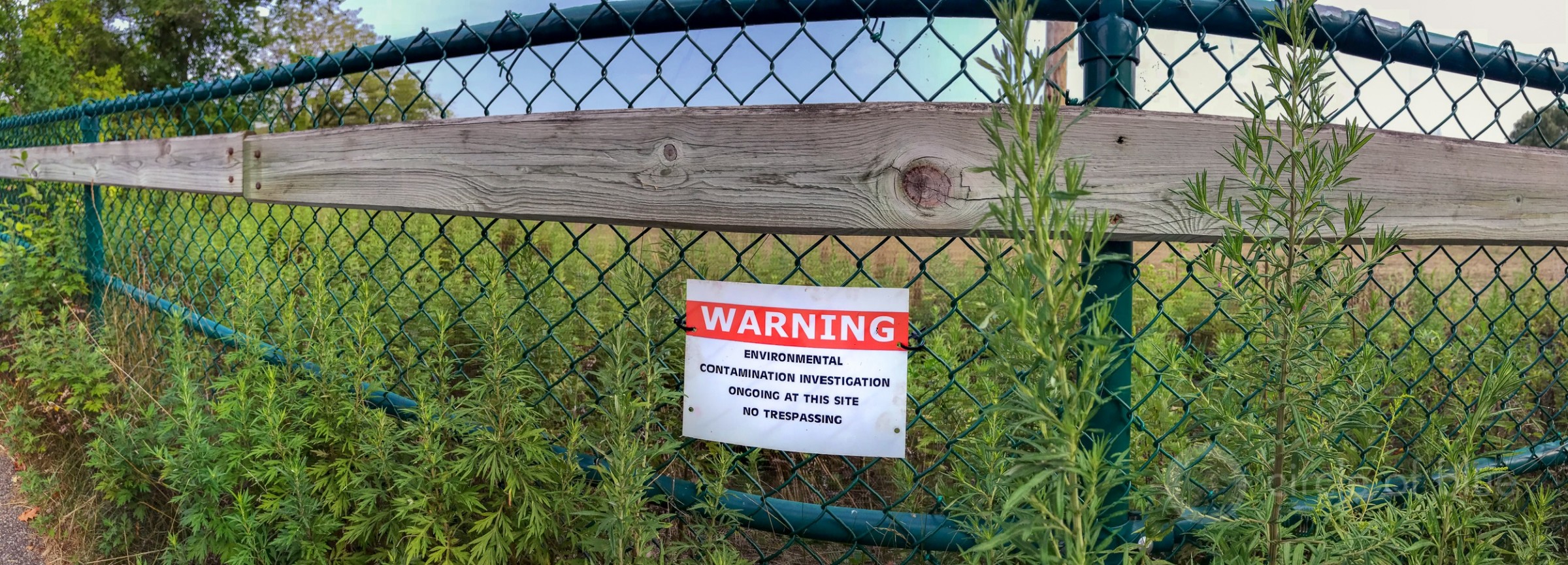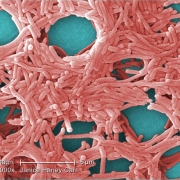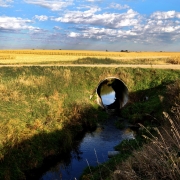Federal Agencies Plan to Investigate Links between PFAS Exposure and Viral Illness
Two federal health agencies intend to scrutinize connection between two hot-button health issues.

Toxic PFAS chemicals have been detected at dozens of groundwater sites across Michigan. Photo © J. Carl Ganter/Circle of Blue
Key Takeaways
- A collaboration between the National Center for Environmental Health and the Agency for Toxic Substances and Disease Registry, plan to investigate potential links between exposure to toxic PFAS chemicals and susceptibility to viral illnesses like Covid-19, pneumonia, and the flu.
- A smaller study in Denmark examined people who were infected with the new coronavirus. The study found that even low levels of PFBA — a PFAS chemical that lodges in the lungs — were associated with more severe symptoms of Covid-19.
- The new federal study hopes to fill the gaps of previous research.
By Brett Walton, Circle of Blue
Two federal health agencies are planning to investigate potential links between exposure to toxic PFAS chemicals and susceptibility to viral illnesses like Covid-19.
The study would build on federally funded investigations of PFAS exposure in nine communities near U.S. military bases where the chemicals were found in drinking water. Researchers hope to enroll 4,075 people from those previous investigations in the new assessment.
A collaboration between the National Center for Environmental Health and the Agency for Toxic Substances and Disease Registry, the study will be based on health questionnaires sent to people who have already had blood samples drawn for the PFAS exposure assessments.
Laurel Schaider, a senior scientist at Silent Spring Institute, told Circle of Blue that the agencies can leverage their data on PFAS levels in blood serum to provide valuable insights on the connection between chemical exposure and disease.
“It provides a good opportunity to address some of these questions,” said Schaider, who is leading a separate ATSDR-funded study in two Massachusetts communities of the health impacts of PFAS exposure in drinking water.
The new federal assessment on PFAS and viral illness will support an emerging field of scientific inquiry. A decade ago, a study of more than 69,000 people in the Ohio River Valley found probable links between PFOA and chronic diseases like high cholesterol, thyroid disease, testicular cancer, and kidney cancer.
PFOA is one of the thousands of chemicals classified as PFAS. The compounds have been used in firefighting foam, nonstick cookware, waterproof jackets, and other commercial and industrial products. Called “forever chemicals” because they do not easily break down in the environment, the chemicals have been found in drinking water sources nationwide.
For PFAS exposures and viral illnesses, Schaider pointed to a growing body of evidence of the debilitating effects the chemicals have on the human immune system.
A 2016 National Toxicology Program review concluded that two of the chemicals, PFOS and PFOA, are hazardous to the immune system, weakening the body’s ability to fight pathogens.
Very few studies have investigated links with Covid-19. Philippe Grandjean of Harvard University led a study of 323 people in Denmark who were infected with the new coronavirus. That study, published last October, found that even low levels of PFBA — a PFAS chemical that lodges in the lungs — were associated with more severe symptoms of Covid-19.
Grandjean concluded that more work is needed on the topic, especially with people who have higher PFAS concentrations in their blood.
The new federal study intends to fill that gap and more, looking not only at Covid-19 but viral illnesses like pneumonia and the flu. An ATSDR spokesperson told Circle of Blue that the evaluation would include self-reported symptoms as well as illnesses confirmed by laboratory tests.
Another benefit will be the sample size — 3,300 adults and 775 children — which, if all agree to participate, could be more than 10 times larger than the Denmark study.
“Having more people in a study provides more statistical power for us to be able to distinguish or evaluate links between an exposure and a health effect,” Schaider said. “So having several thousand people as compared to several hundred people should be able to provide more information and assess those links more thoroughly.”
Brett writes about agriculture, energy, infrastructure, and the politics and economics of water in the United States. He also writes the Federal Water Tap, Circle of Blue’s weekly digest of U.S. government water news. He is the winner of two Society of Environmental Journalists reporting awards, one of the top honors in American environmental journalism: first place for explanatory reporting for a series on septic system pollution in the United States(2016) and third place for beat reporting in a small market (2014). He received the Sierra Club’s Distinguished Service Award in 2018. Brett lives in Seattle, where he hikes the mountains and bakes pies. Contact Brett Walton










Leave a Reply
Want to join the discussion?Feel free to contribute!